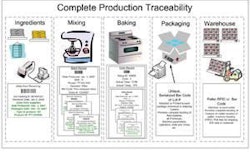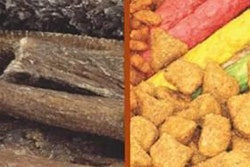Identifying dietary effects on appetite-regulating hormones will enhance our understanding of appetite control. The objectives of this study were to identify differences in endocrine response from feeding frequency (Experiment 1) and a single dose of a sole macronutrient (Experiment 2).
A control diet supplying similar energy content from carbohydrate, protein and fat was fed to maintain ideal body weight. In Experiment 1, eight healthy adult female hound-cross dogs were randomly fed once or twice daily. In Experiment 2, dogs were randomly allotted to one of four treatments: maltodextrin, canned chicken, lard or water. Blood samples were taken measuring total ghrelin, active glucagon-like peptide-1 (GLP-1) insulin and glucose concentration.
In Experiment 1, all hormones were quite variable throughout the day, with only a couple insulin and GLP-1 differences because of feeding frequency. In Experiment 2, the maltodextrin produced a marked peak in glucose and insulin levels compared to the chicken, lard or water, resulting in elevated glucose and insulin incremental values. Lard led to elevated GLP-1 concentrations over time. Ghrelin was not different among treatments.
The data show a high variability in circulating hormones and indicate that diet plays a role in insulin and GLP-1 secretion, but more research is required to elucidate these effects.
Source : D.C. Lubbs et al., 2010. Dietary macronutrients and feeding frequency affect fasting and postprandial concentrations of hormones involved in appetite regulation in adult dogs. J. Anim Sci. online August 2010. doi:10.2527/jas.2010-2938


















